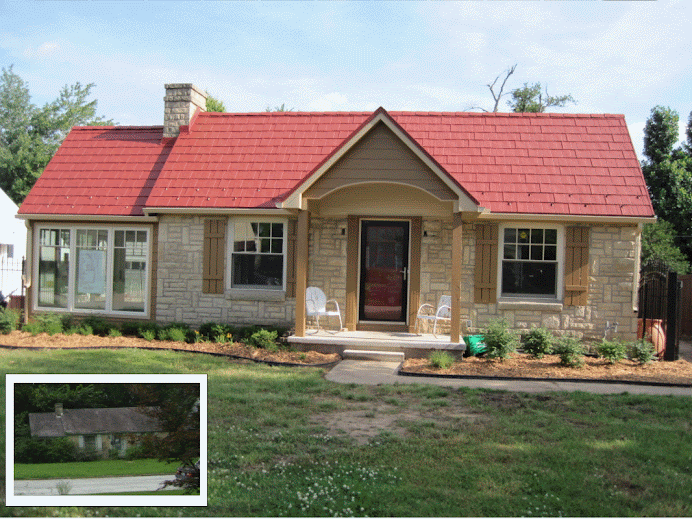Data collected in 1998 by the EPA estimated 136 million tons of building-related Construction and Demolition (C&D) debris was generated in the United States. Thirty percent of all solid waste produced in the United States is C&D waste, excluding road and bridge debris. Wood and concrete are the most typical waste materials. Additionally, most C&D debris is nonhazardous and is not regulated by EPA. The most common management practice for C&D debris is landfilling, including C&D landfills, Municipal Solid Waste (MSW) landfills and unpermitted sites. There is a trend toward recovering and reusing C&D debris. However, within the building industry there is a general lack of C&D waste recycling awareness. This fact, coupled with the problem of how C&D waste is defined and how it can be reused, is a barrier to widespread solutions for diverting C&D waste. Most construction, demolition and renovation companies are considered Conditionally Exempt Small Quantity Generators. Recent deconstruction projects have demonstrated environmental and economical benefits of diverting building materials away from traditional demolition waste streams.
Get ready Tulsa, the C&D waste diversion industry -- also known as "Deconstruction" -- is coming.
Friday, June 26, 2009
Subscribe to:
Post Comments (Atom)

No comments:
Post a Comment